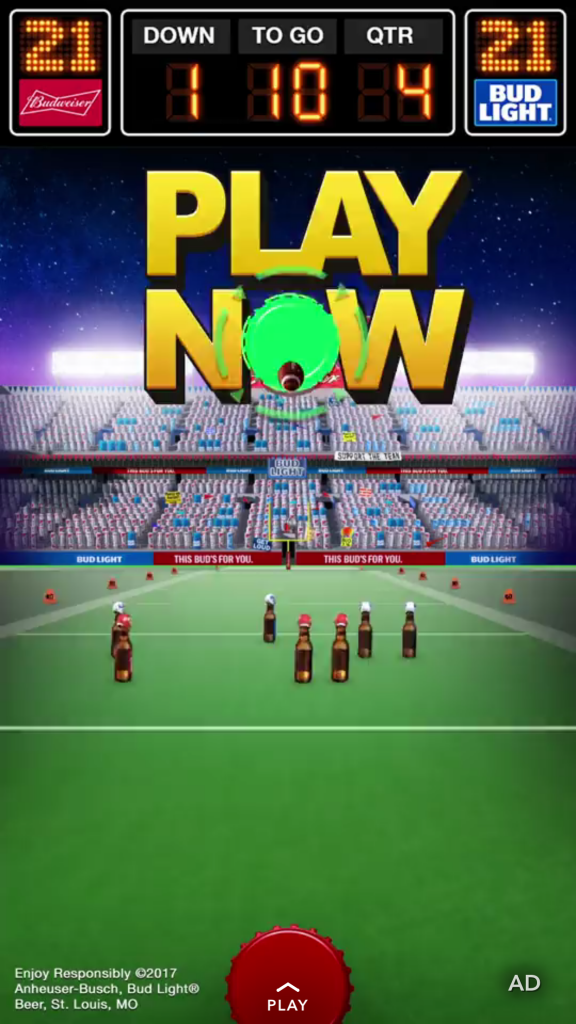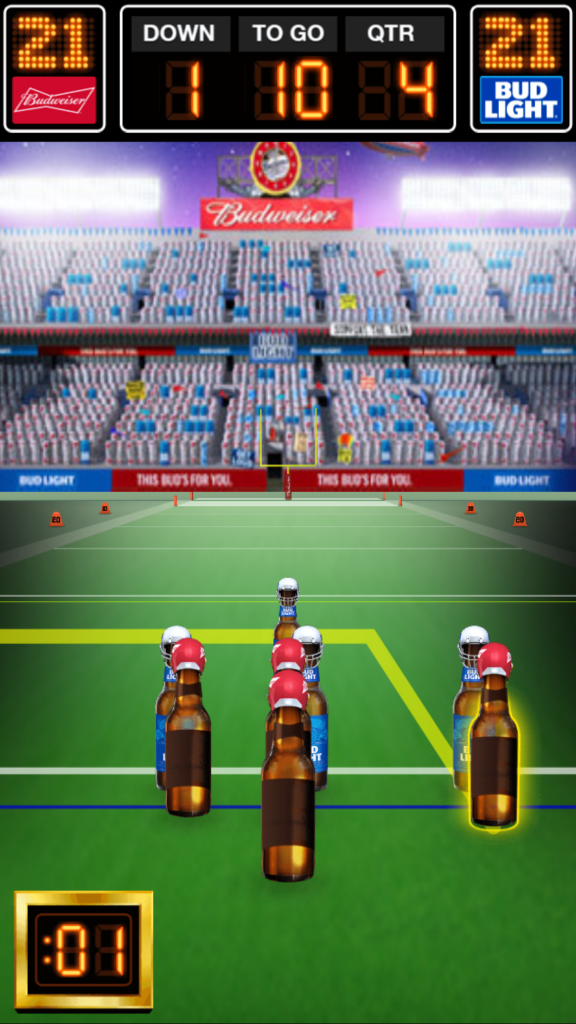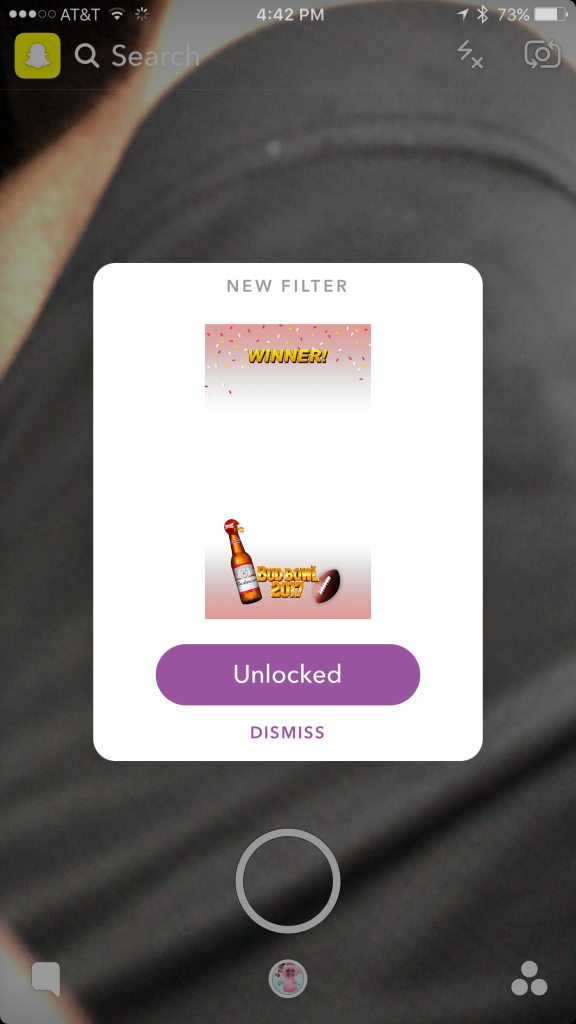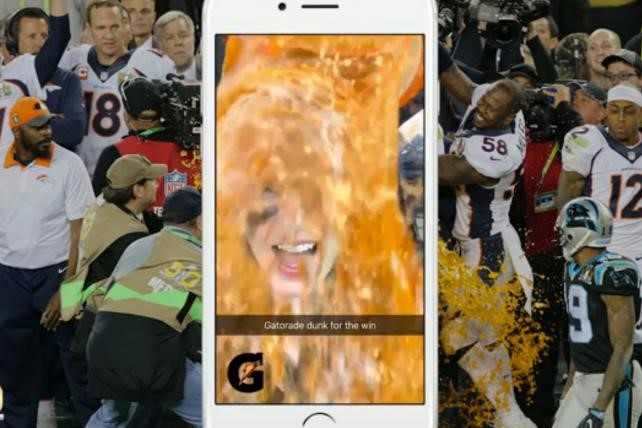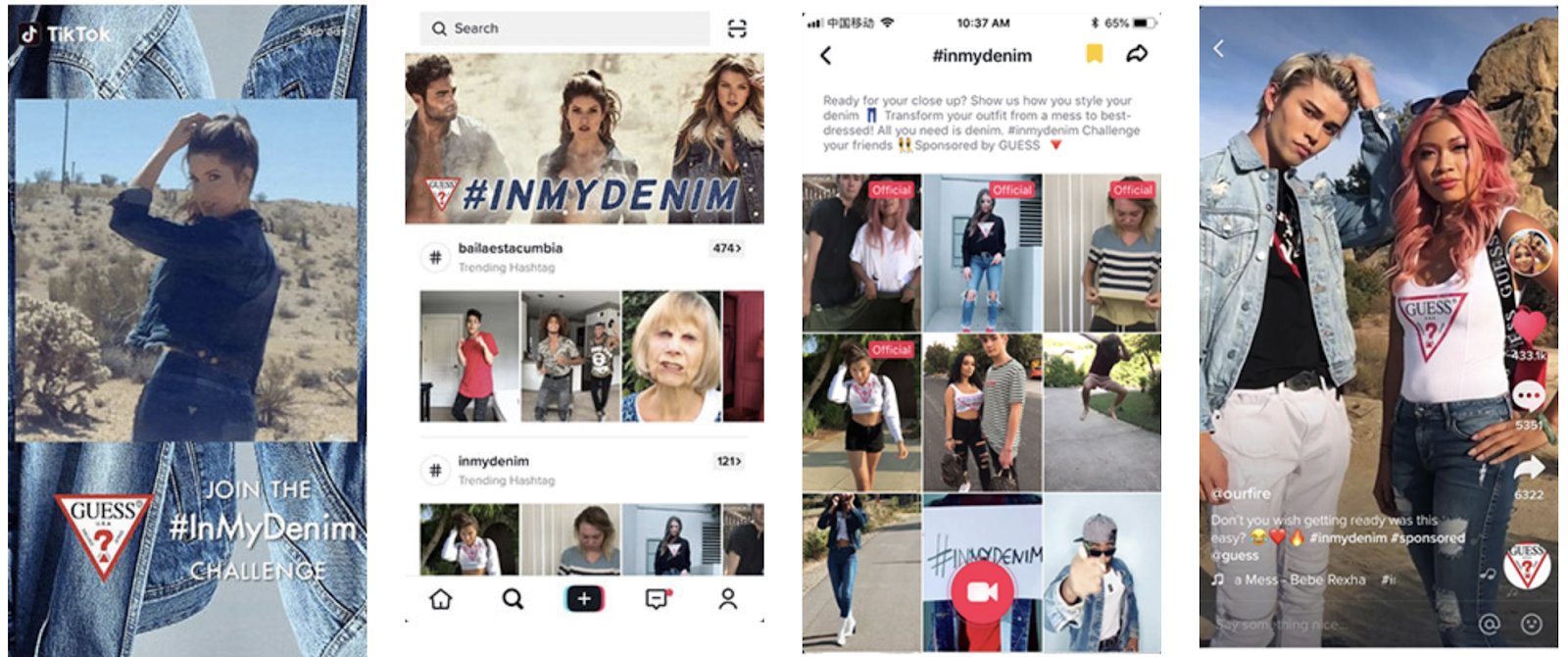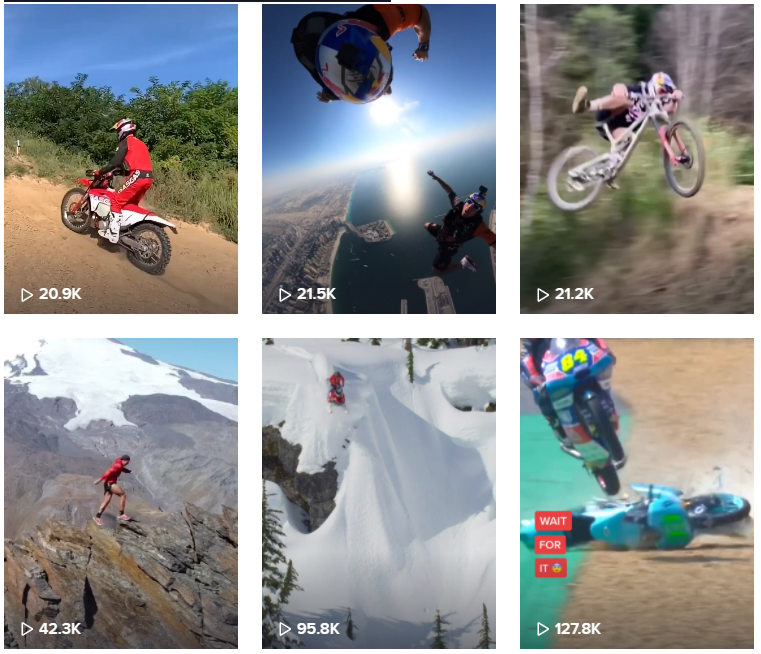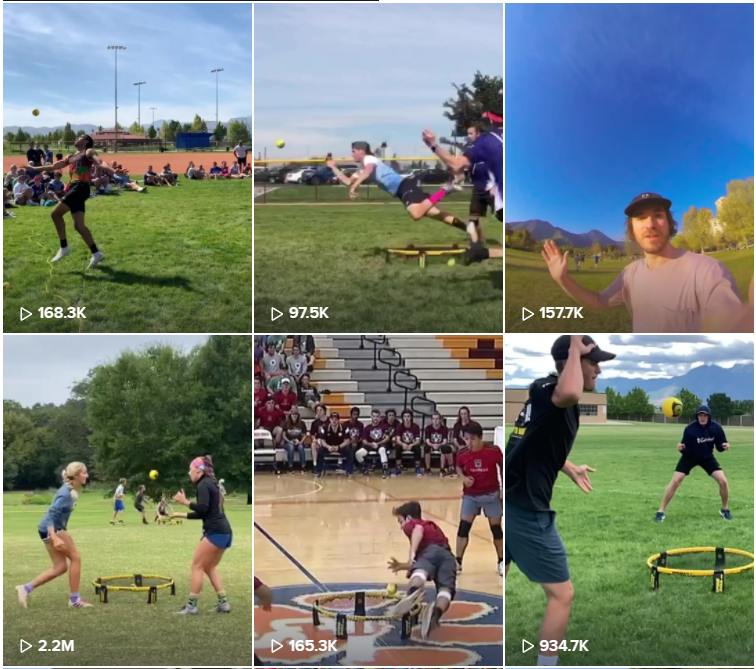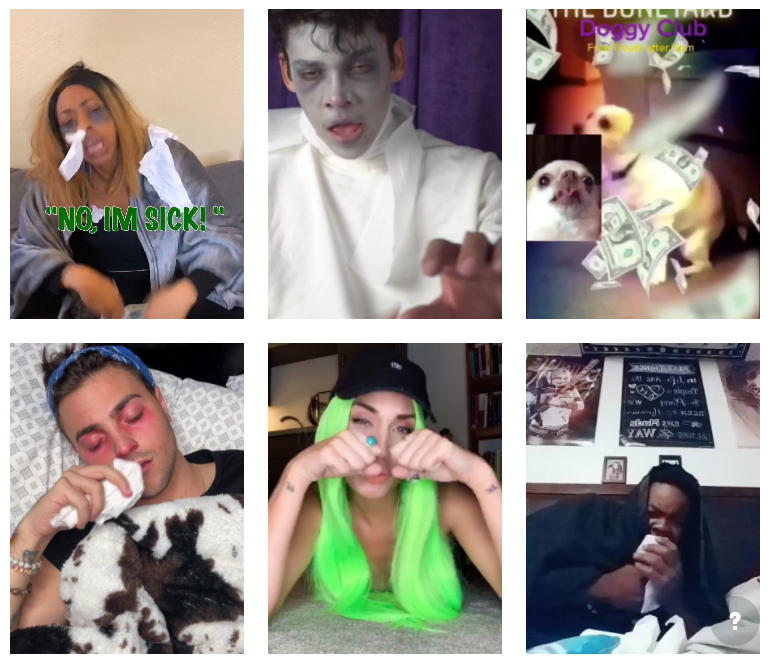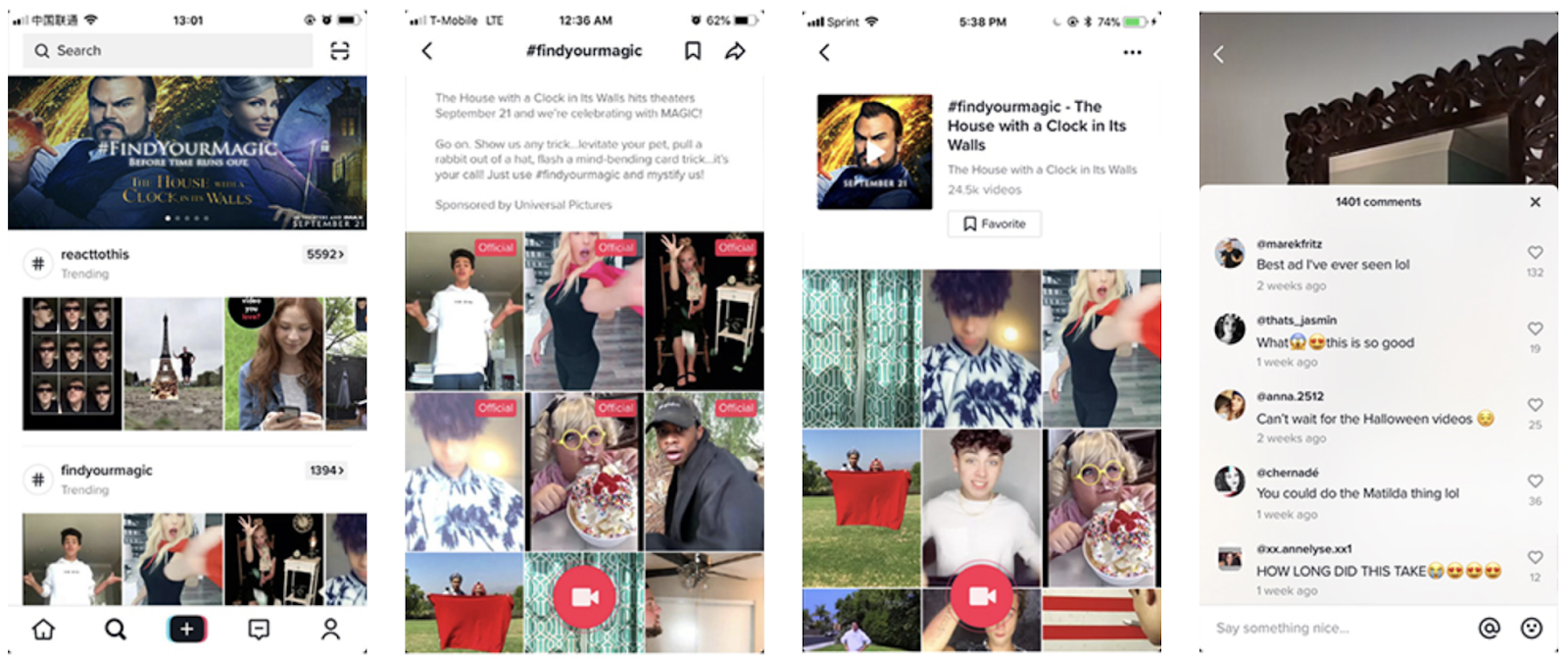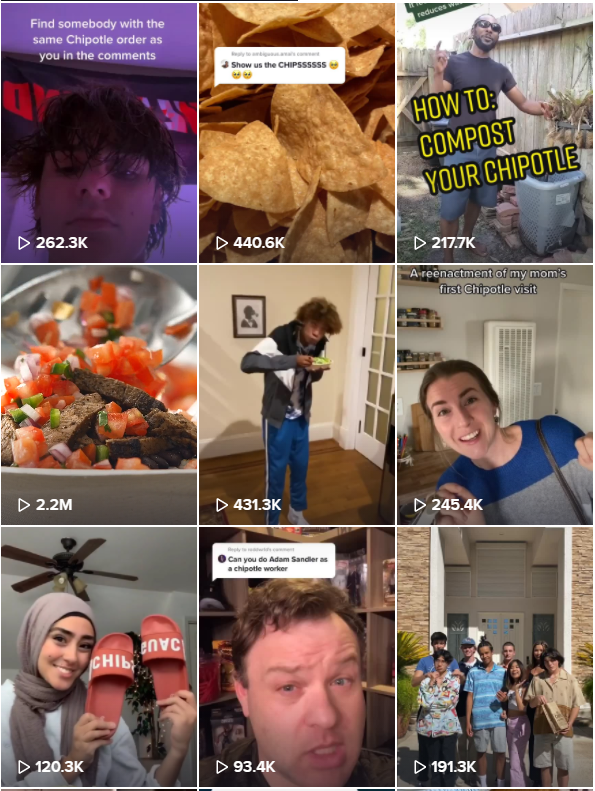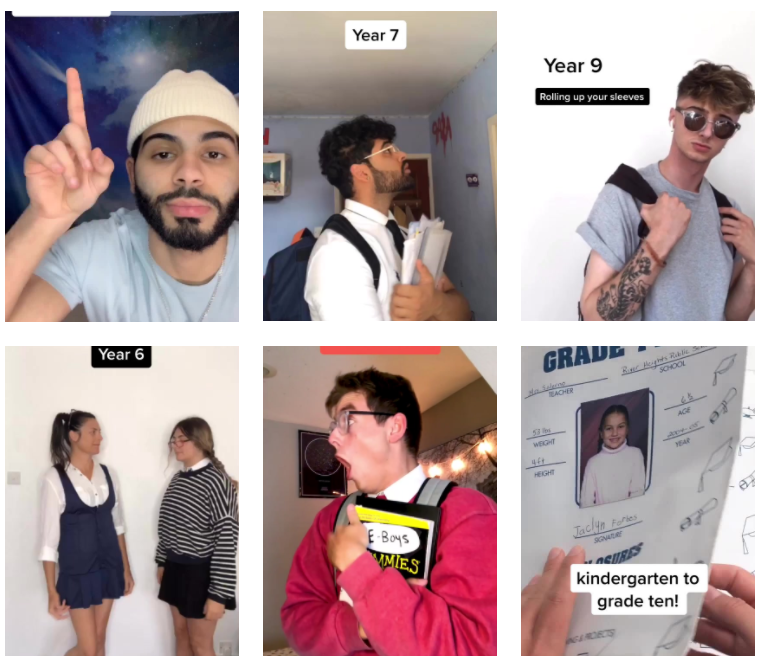With over 2 billion users and almost one-third of the content on the Internet, YouTube is a juggernaut for advertising opportunities, providing marketers with a wide array of potential sales leads across age groups, demographics, and locations. And Google is looking to expand on those opportunities with the addition of the YouTube TrueVide for Action Ads format.
To provide some background, this format was introduced to compete with the Leads Ads recently introduced by the Facebook Ads and LinkedIn Ads platforms. Leads Ads allow users to complete a simple contact form or subscriber function in the user’s newsfeed without having to navigate away from the site. It’s a win-win-win situation, where advertisers can generate quick conversions with a low barrier to entry, users can keep scrolling through their newsfeeds after completing a form, and the social media platforms get to keep users engaged with the content on their site. How could video ads possibly compete with that?
Well, those social media platforms don’t have a monopoly on ad formats, so Google rolled out a similar system that integrates into YouTube video ads formats. Oftentimes, the most difficult step in the sales funnel is the first. That’s why TrueView for Action Ads, with minimal disruption, allow users to quickly complete that valuable first touch without disturbing their video viewing or browsing experience.
What are YouTube TrueView for Action Ads?
TrueView for Action is a new ad format available in the Google Ads platform that allows advertisers to place contact forms directly underneath a playing YouTube video. These forms allow users to complete a simple call to action without navigating away from the page or interrupting their video experience.
TrueVideo for Action ads will play an advertiser’s video in the normal ad space for videos to play, with the addition of a simple headline and CTA button below the video. When a user clicks on that call-to-action button, the ad text expands to include a simplified contact form where they can submit their name, email address, phone number and more.
The Difference is in the Conversions
Traditionally, video ads on YouTube have not been the best at converting users into customers. Rather than use them for primary sources of conversions, video ads are best used as part of a larger campaign strategy where brand reinforcement and top-of-mind are important. The top key performance indicators (KPIs) for video ads tend to be focused on the engagement with the ad such as views, watch time, quartile reporting, reach and frequency.
However with the addition of the CTA button, the YouTube TrueView for Action Ads allow advertisers to generate sales leads and subscribers directly from the video ad. Now, instead of engagement metrics, we can track conversion-focused metrics like leads, cost per conversion, conversion rates, and more.
Optimizing Your TrueVideo for Action Ads
Audience Targeting
As a campaign on the Search and Display Network, it’s very important to make sure that the audience targeting for your video ad is intentional, precise, and can target users in the appropriate stage of the sales funnel. Of course, what stage that is will depend on the product or service that your business is trying to sell.
At the very least, make sure that you have an ad group focusing on remarketing with an exclusion for any users that have completed the lead form in other TrueView for Action Ads. From there, it’s a matter of knowing whether certain audience targeting has worked for you in the past or not. Affinity audience, custom intent audience, and placement targeting can all be extremely powerful targeting options or be the biggest source of wasteful spending in your campaign.
One additional thing to note is that if you are relying on Google’s optimization algorithm (a CPA bidding strategy, for example), that the system typically needs at least 50 conversions per week in order to optimize effectively.
What KPIs Should You Focus On?
If you have never run a video ad on YouTube before, it might be useful to try running a campaign with a target cost per view (CPV) bidding. That will allow you to see the basic performance of the campaign without the optimization algorithms changing any settings. If the campaigns are generating a healthy number of conversions, then it’s time to consider switching over to the more powerful optimization options with Target CPA bidding.
But beware! YouTube video ads can display on the Search Network and the Display Network, so unless you are targeting placement on YouTube only, you’re likely to run into trouble if you use the same average CPA across campaigns.
Get Your Conversion Tracking Up to Speed
As with all other PPC campaigns, it is important to make sure that your goal conversions are properly set up and that the data is being shared with the Google Ads platform.
Most advertisers use the free Google Tag Manager platform, although there are very good alternatives in platforms like Adobe Analytics, Mixpanel or Segment. These tagging platforms allow websites to log events and conversions once and then share that conversion data with as many other platforms as you like. That way, your website doesn’t slow to a crawl over the 20 separate tracking pixels that you’ve installed, and there’s no need to define your KPIs separately for each platform.
If you are using or plan on using the Google optimization algorithms to automate your campaigns, proper tracking of conversions and conversion values are key. Once Google Tag Manager, or whatever other tagging platform that you are using, is sending the proper conversion data to the Google Ads platform, doublecheck your settings in the Conversions tab. Make sure that the platform has been able to track each important conversion in the last 7 days.
If you plan on using a bidding strategy that seeks to optimize conversion value, make sure that each conversion has a defined dollar amount attached to it. Otherwise, it’s best to only track the most important goals as conversions and leave the rest alone.
Final Considerations on TrueVideo for Action Ads
There are a few more notes and caveats to consider before launching into a new YouTube video ads campaign using the TrueVideo for Action format.
- Advertisers must be whitelisted before they can start running these types of ads. Google isn’t going to let anyone with a Google Ads account jump in and start creating lead form ads on their video platform. You’ll need to pass eligibility in advance.
- Advertisers need to integrate their CRM with Google Ads to access the lead forms. Once a user submits a lead form, Google will store it for 30 days in its system. But it’s up to the advertiser to make sure that the Google Ads system is connected with their CRM using the webhook solution API.
- Advertisers are limited in their messaging with these types of ads. You can typically include your business’ name, logo, URL and headline. The video is going to have to do the heavy lifting for brand awareness and reinforcement, because the lead form content is fairly sparse, and can only collect a limited amount of user information, (name, email, phone number, and zip code.)
Feeling Inspired?
Do you want to know more about our video ads services at 565 Media? Feel free to contact us or call (323) 902-7439. Our experts will come up with optimized ad campaigns tailored for your business.
If you’re looking to effectively and efficiently boost ROI with your marketing budget, 565 Media is your top choice. Simply connect with our on-demand team of full stack developers and start with a list of what problems you need solved. Our team specializes in developing customized, scaled marketing campaigns geared towards generating profitable leads and growing your business.


